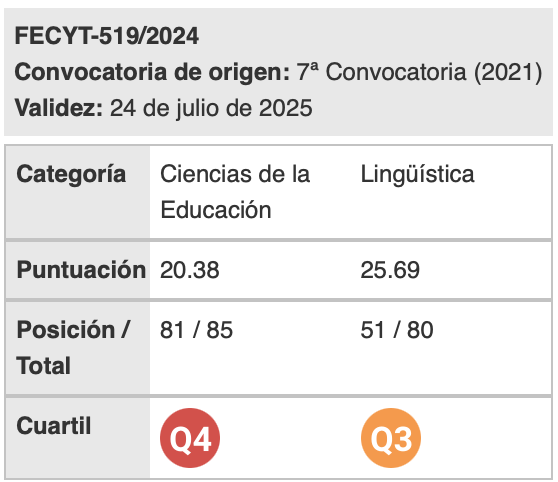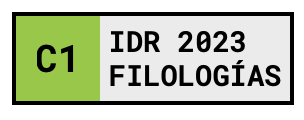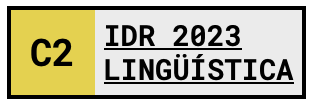From ESP to CLIL using the Schema Theory
Keywords:
schema theory, top-down and bottom-up information processing, scaffolding, teaching CLIL and ESP for Physiology in Sport SciencesAbstract
This paper explains the use of the Schema Theory in planning and preparing a Physiology lesson in a CLIL tertiary context in a Spanish university. The adopted combination of methods used in applying the theory is transferable to any context and subject. Scaffolding for content and language learning was undertaken using schema-building through activities involving: (1) sequencing; (2) using an exercise with causality language for purposeful reading (3) outlining; and (4) commentating on a video. Since CLIL practices have often lead CLIL theory, the study is organized into two parts. The first part is described in this article, and the second part, involving feedback from the students in this study, is work in progress. The required Physiology lesson lent itself to outlining a reading, and applying top-down structuring of information and schema building, as well as to the use of causality. The video commentary activity, on the other hand, catered for a more bottom-up approach. The paper focuses on the design of materials and activities as part of the ongoing CLIL collaboration between the language and the content professors. Other than the Schema theory and top-down bottom-up information processing, the designed activities were based on the principles of social constructivism through language scaffolding and peer collaboration.
Downloads
Downloads
Published
How to Cite
Issue
Section
License
Authors who publish with this journal agree to the following terms:
- Authors retain copyright and grant the journal right of first publication with the work simultaneously licensed under a Creative Commons Attribution License that allows others to share the work with an acknowledgement of the work's authorship and initial publication in this journal.
- Authors are able to enter into separate, additional contractual arrangements for the non-exclusive distribution of the journal's published version of the work (e.g., post it to an institutional repository or publish it in a book), with an acknowledgement of its initial publication in this journal.
- Authors are permitted and encouraged to post their work online (e.g., in institutional repositories or on their website) prior to and during the submission process, as it can lead to productive exchanges, as well as earlier and greater citation of published work (See The Effect of Open Access).

Revista de Lenguas para fines específicos is licensed under a Creative Commons Reconocimiento-NoComercial-SinObraDerivada 4.0 Internacional License.
























